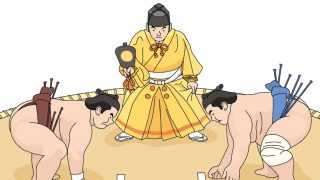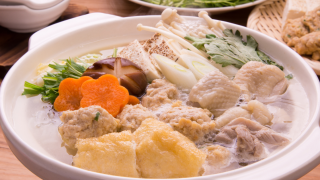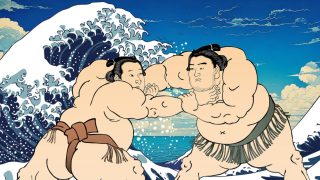 Introduction
Introduction What Is Sanyaku? Essential Knowledge and Highlights Every Sumo Beginner Should Know
In the world of professional sumo, ranks are more than titles—they define a wrestler’s journey, responsibilities, and cultural significance. Sanyaku, comprising the ranks of Sekiwake and Komusubi, is a key threshold that represents true competitive excellence. Learning about Sanyaku opens the door to a deeper appreciation of sumo’s values and traditions.









